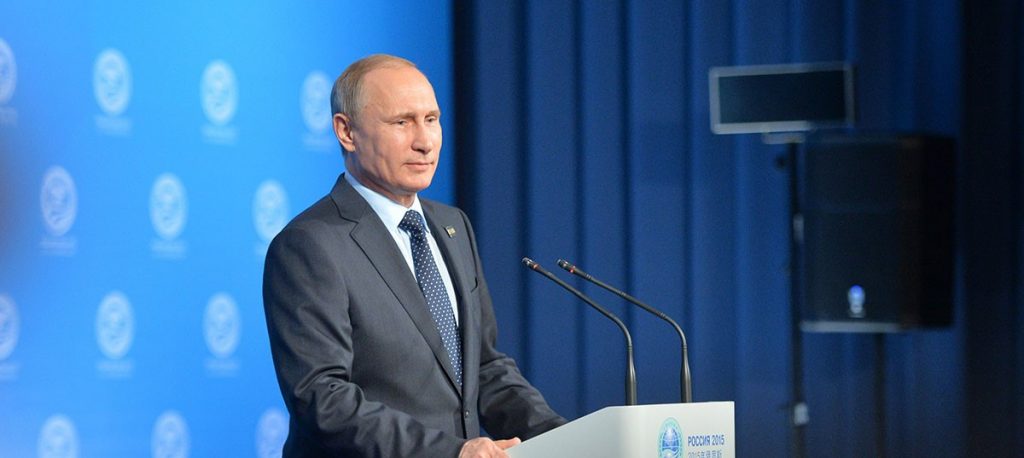Trump’s Tariffs and Tax Cuts: Will Americans Win or Lose?
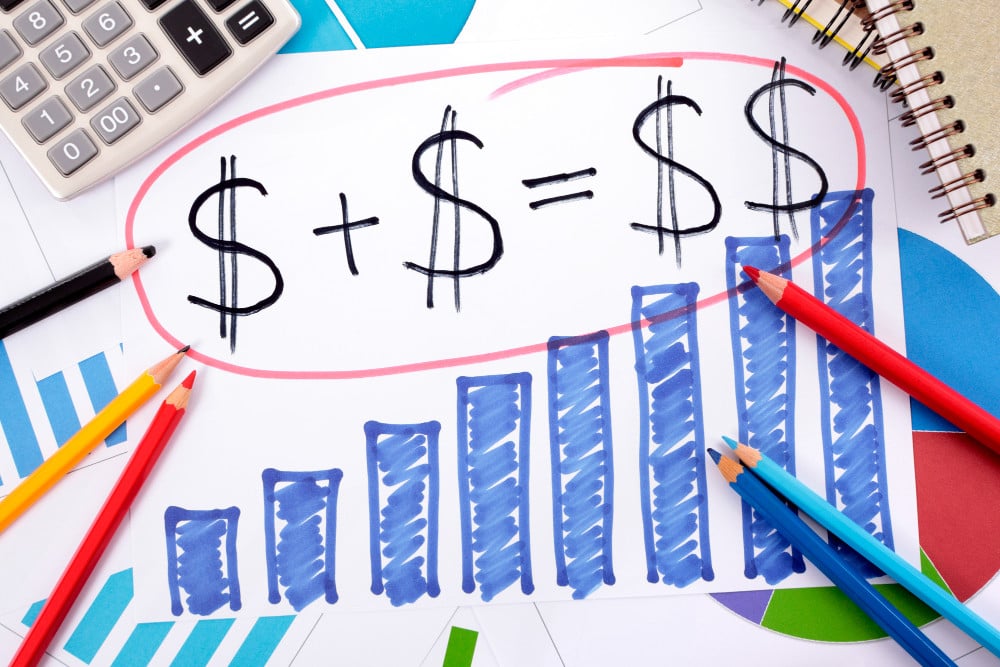
© kstudio / Freepik
As Donald Trump steps into his second term as president in 2025, two big ideas are making waves: tariffs and tax cuts.
These policies promise to shake up how money moves in the United States, but what will they really mean for everyday Americans?
Will they bring more jobs and cash to your pocket, or could they make life more expensive?
Experts are weighing in, and their opinions might surprise you. Let’s dive into what’s happening and what it could mean for the future.
How Trumps Tariffs and Tax Cuts Work

First, let’s break it down. Tariffs are taxes the government puts on goods coming into the country from places like China, Canada, or Mexico.
Trump has already started with a 25% tariff on imports from Canada and Mexico and a 10% tariff on Chinese goods as of early 2025.
His idea is to make foreign products cost more, so companies will make things in America instead.
That could mean more jobs here, but it might also raise prices on stuff you buy, like phones or groceries.
Tax cuts, on the other hand, are about lowering how much money people and businesses owe the government.
Trump pushed tax cuts during his first term, and he’s talking about more now. The goal is to leave more money in your wallet and encourage companies to grow.
But will these two plans—tariffs and tax cuts—work together, or will they clash? Experts have some strong thoughts.
What Experts Are Saying
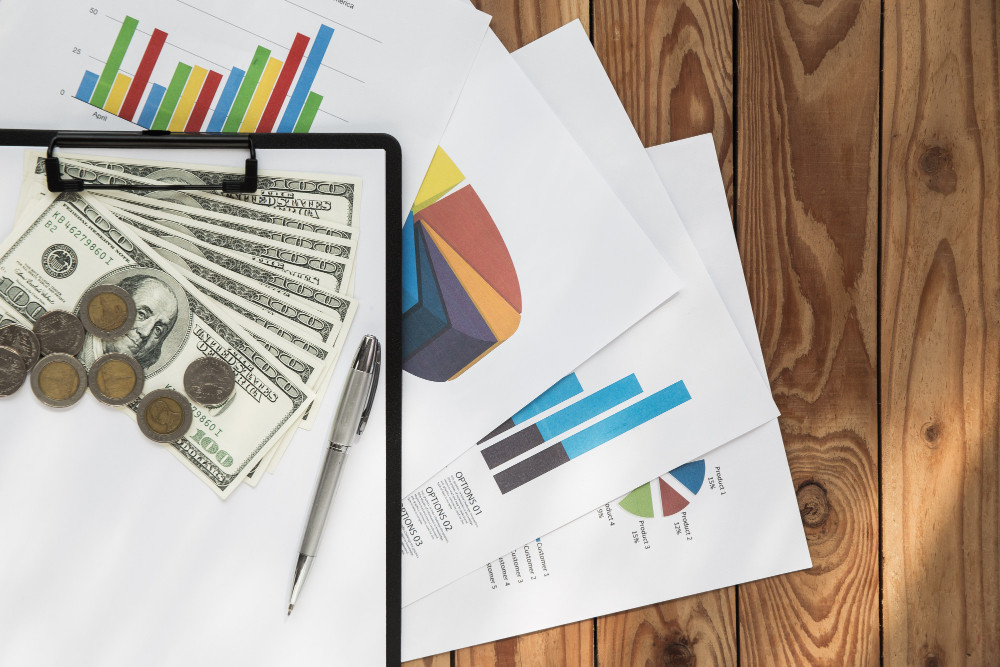
Economists and researchers are split on how this will play out, but many are worried.
Joseph Stiglitz, a Nobel Prize-winning economist from Columbia University, told The Guardian in January 2025 that Trump’s tariffs “will almost surely be inflationary.”
That means prices for things like clothes, food, and cars could go up because companies pass those extra import taxes onto you.
Stiglitz also warned that if prices rise too much, the Federal Reserve might raise interest rates, which could slow down the economy and even lead to something called stagflation—when prices keep going up but jobs and growth stall.
The Tax Foundation, a group that studies tax policies, has numbers to back this up.
In a March 2025 report, they estimated that Trump’s 25% tariffs on Canada and Mexico could cut America’s long-term economic growth by 0.2% and cost 223,000 jobs.
They say the average family might lose about $1,072 a year because of higher prices.
Erica York, a vice president at the Tax Foundation, explained to NPR in February 2025 that even if companies don’t raise prices right away, they might have less money to hire workers or grow, which hurts Americans in the end.
On the flip side, some experts see a silver lining. David Seif, an economist at Nomura, told The Guardian that Trump’s tax cuts and fewer regulations could balance out some of the tariff damage.
He thinks these moves might boost growth enough to keep the economy moving, though he still expects higher prices this year.
Posts on X also show a few voices, like one from @KHerriage in March 2025, arguing that tariffs could spark a “boom-time” by bringing back manufacturing jobs to struggling towns.
Will Americans Win or Lose?
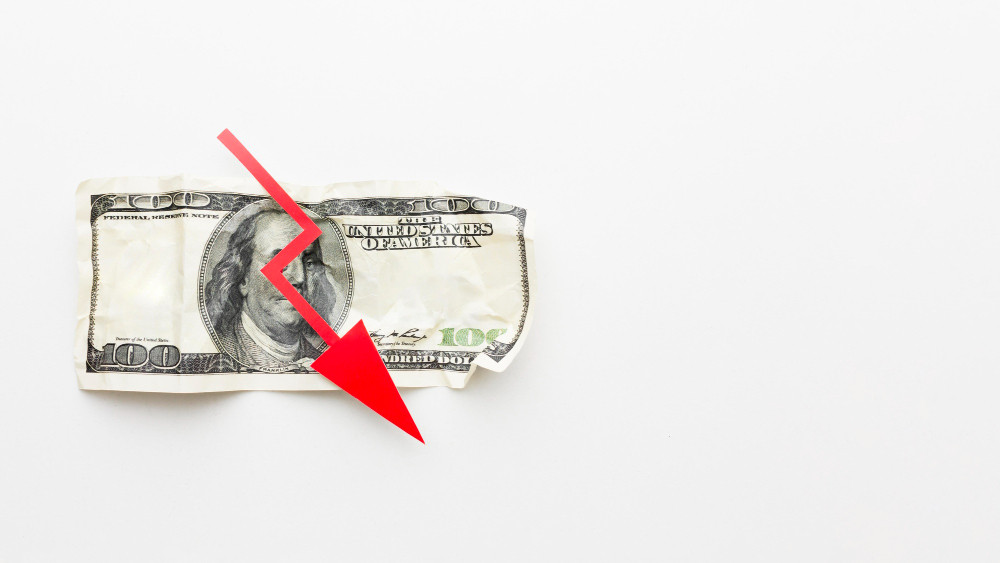
So, who’s right? It’s tricky. Tariffs might help some workers, especially in factories, by making American-made goods more competitive.
If companies start building more here, places that lost jobs to overseas factories could see a comeback. Trump’s team says the extra money from tariffs—$81.4 billion last year, according to PBS News—could pay for tax cuts, leaving you with more cash after taxes.
But there’s a catch. Most experts agree that Americans, not foreign countries, end up paying for tariffs through higher prices.
A study from the Peterson Institute for International Economics in January 2025 found that Trump’s new tariffs could cost a typical middle-income family about $1,700 a year.
Lower-income households, who spend more of their money on everyday goods, might feel the pinch even more.
Plus, countries like China and Canada are already fighting back with their own tariffs on American products, which could hurt farmers and businesses that sell overseas.
Tax cuts sound great—who doesn’t want more money? But if tariffs make everything more expensive, that extra cash might not go as far.
The Center for American Progress warned in December 2024 that without smart planning, Trump’s approach could leave workers worse off, especially if companies don’t use the tax savings to create jobs.
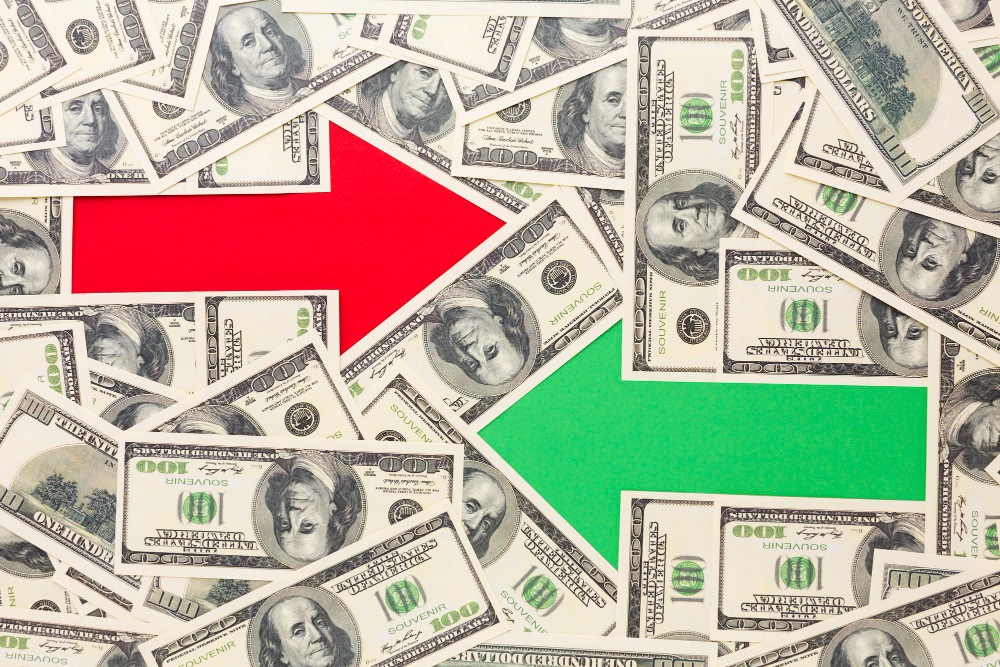
Looking Ahead
Trump’s tariffs and tax cuts are a big gamble. They could bring back some jobs and give businesses a boost, but the risk of higher prices and lost growth has experts nervous.
For everyday Americans, it might mean a trade-off: a chance at better paychecks in some areas, but a bigger bill at the store.
What do you think—will it work out for you?
You might also want to read: Donald Trump Threatens 250% Tariffs on Canada


